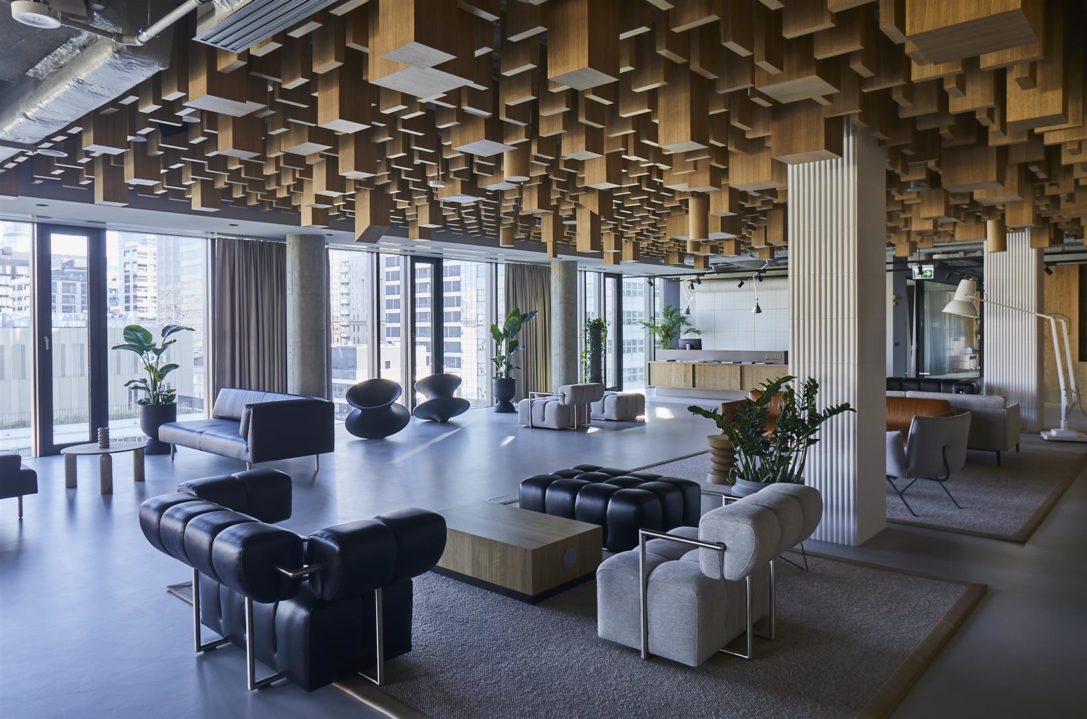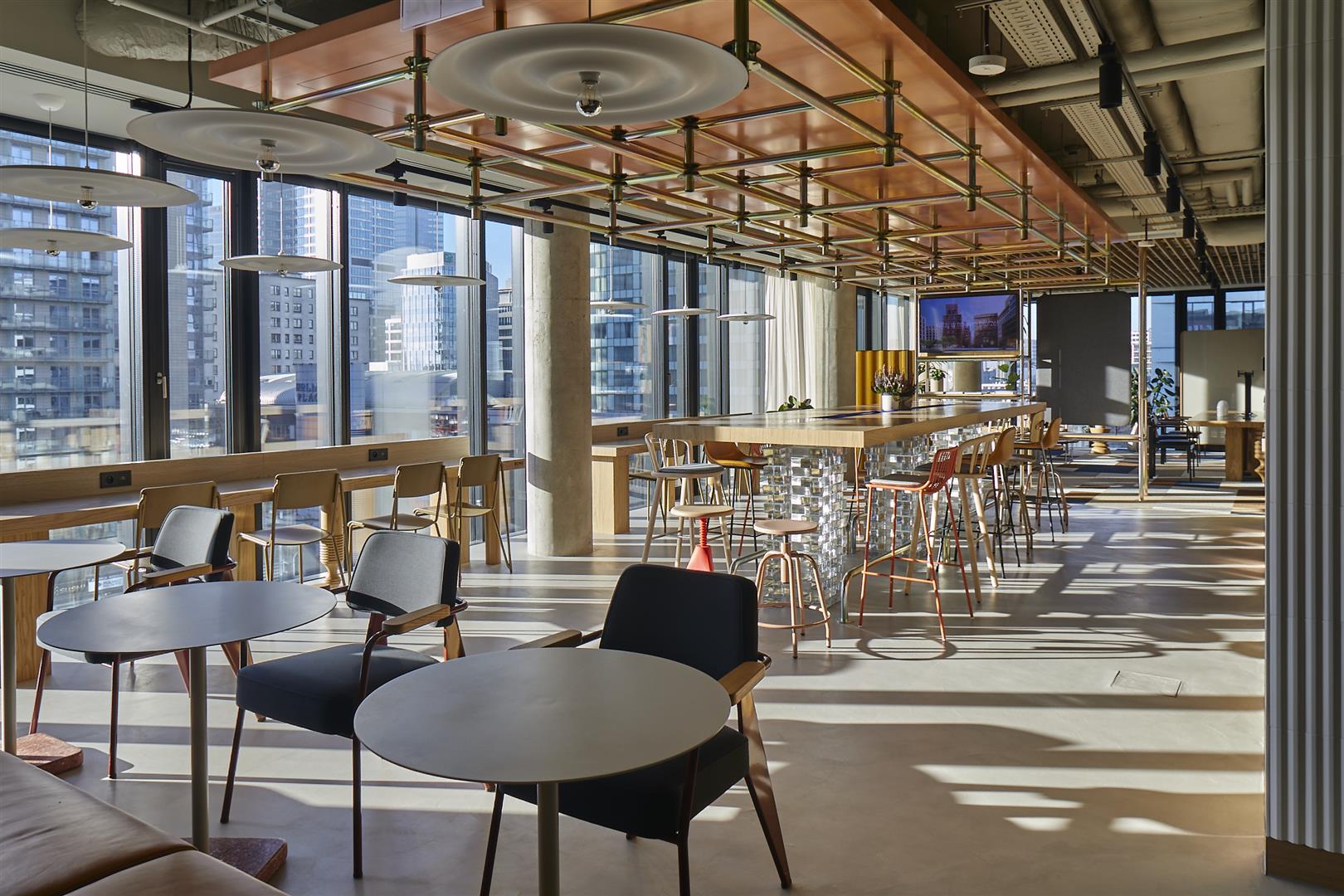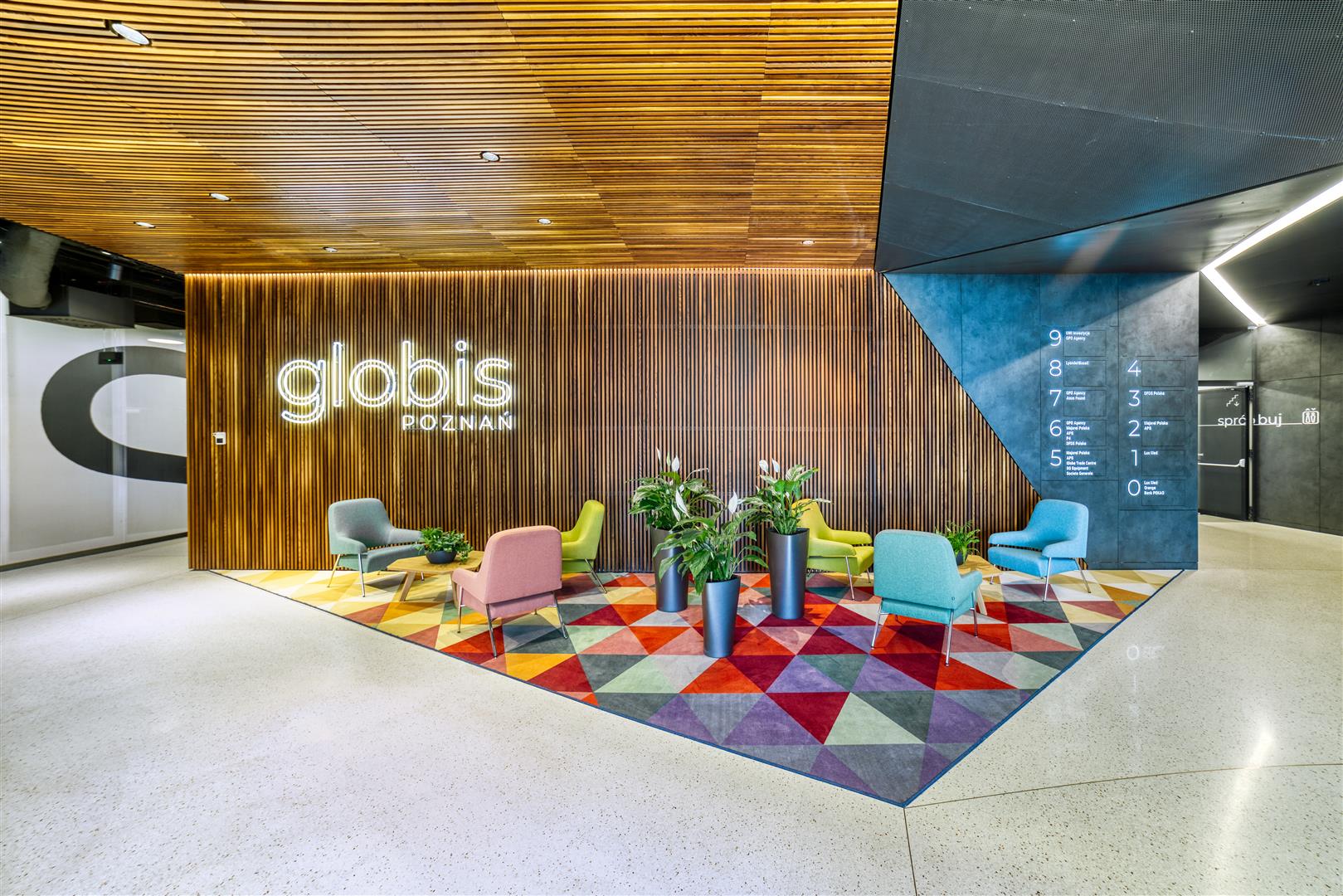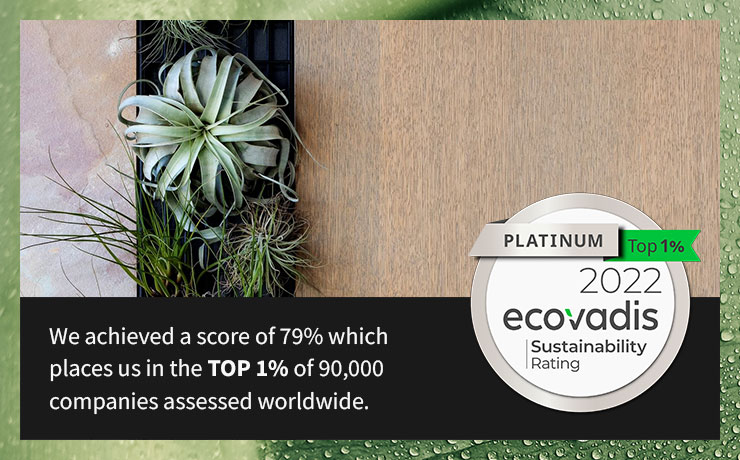Tétris experts talk about the challenges of 2021 and the opportunities 2022 will bring to the fit-out commercial real estate market.
WARSAW, 3 February 2022 – Last year was the second in a row in which pandemic played a significant role and affected many business processes. After the first shock of 2020, in 2021 practically every industry has already been getting better and better at navigating the new reality and developing standards that suit it. For the commercial real estate sector, the last 12 months have been marked by transformation, searching for new solutions, and testing them, as well as facing challenges, both in the area of operations and space design. As summarized by fit-out experts from Tétris, today's basis is proactivity and a flexible approach.
Offices reinvented
In 2020, the outbreak of a pandemic significantly affected the office real estate market, and a large number of corporate employees temporarily switched to remote working. Offices were deserted for months, and companies that were considering relocating their headquarters or refreshing their current one postponed those plans. Nonetheless, 2021 brought a slight air of optimism about employees returning to offices, and employers focused on finding optimal solutions in terms of their work model.
"Employers have come to understand the permanent nature of the pandemic-induced transformations in our lives, while at the same time they already know that offices are needed, and remote working is not an ideal solution in the long run either. We're getting inquiries related to making the kinds of changes that will make employees more comfortable and secure in their jobs. In 2021, the revolution in office design has accelerated. Corporate headquarters are supposed to support building relationships and creative teamwork. Space plans now take into account the needs of people working stationary, hybrid, and remotely. There are more solutions and zones adjusted to different types of work such as quiet rooms, phone booths, small meeting rooms, chill-out areas, spaces for creative and project work.
The importance of the PropTech area, i.e. new technologies which are supposed to improve the functioning of an office, is still growing. For example, applications and building systems for booking hot desks, conference rooms or parking spaces. We are also designing virtual receptions with access control, where a guest notifies their arrival via tablet and this information is transferred remotely to the right person," says Paweł Brodzik, Managing Director in Tétris, Hub Lead – CEE & Germany.
At the same time, developer activity in Warsaw has dropped significantly – a result of factors ranging from gradual market saturation to greater caution in starting new projects due to the pandemic. Data from the consulting company JLL shows that in Warsaw, at the end of Q3 2021, there was around 330,000 sq m of office space under construction – the least in a decade. Just to compare, in recent years, this number oscillated between 700 and 800 thousand square meters of offices under construction. The situation looks different in the largest regional markets, where a total of about 770 thousand sq m is under construction.
"Most of the projects that we carried out last year were located in the regional markets, i.e. in Wroclaw, Cracow and Tricity. This prompted us to further develop teams in these regions. Some of the units already existed before, but now we have strengthened them or built more teams around them. This allows us to maintain the high quality of service our customers are accustomed to and to expand our offer," explains Rajmund Węgrzynek, Managing Director of Tétris in Poland and CEE.
Logistics = gymnastics
Supply chain issues affect different industries and business areas. Perturbations dating back to as early 2020, related to bringing goods from foreign markets on time, in effect created many new challenges for the construction industry last year. The dynamic of how the prices of materials changed was extreme. The same goes for the availability of materials. Everything indicates that the situation will not improve in 2022. Therefore, even more than before, what matters today are built relationships, trust, proven suppliers and subcontractors.
"We associate the current times with a lot of uncertainty. The quotes we receive from our suppliers can change within weeks or even days. They also quickly become out of date. These challenges affect the entire construction and fit-out industry. This requires us to take a completely new approach to planning the individual stages of a project. Decisions have to be made much faster. We rely on our regular suppliers, with whom we have already developed a stable model of cooperation. Negotiations are also facilitated by the scale of our operations and the number of simultaneous projects," says Rajmund Węgrzynek.
PRS on the rise
Until recently, we did not expect that the institutional rental market would find its place in Poland. We were convinced that Poles prefer to live "on their own", pay back the loan, because it gives them stability. However, even before the pandemic, the beginnings of development of the PRS sector could already be observed. It turned out that young people choose to rent, because they want to feel free and not necessarily tied to a credit for the next 30 years. The last two years have further demonstrated the uncertain times we live in – financially and professionally as well. Rising interest rates, inflation and costs will contribute to more people opting to rent.
"Importantly, financial experts also see this segment as very safe, with great potential. Residential real estate is increasingly being considered by major institutional investors. In Q3 2021 the number of apartments in the PRS segment in Poland amounted to ca. 5.5 – 6.5 thousand units. About 25 thousand units have been contracted or are under construction. We have learnt the lesson from our sceptical approach and we no longer assume in advance that trends from the West will not establish themselves in Poland or in other CEE markets. Enriched with this experience, we are more courageous to act in Romania or Hungary, which have great potential for the development of the PRS sector. For the time being, the institutional lease is taking its first steps there and local entrepreneurs do not yet see its potential. However, I can safely say that these will be the countries where PRS will make an impact," says Paweł Brodzik.
For developers, this is still a fledgling market segment, which is fundamentally different from standard developments for individual clients. There are more processes to plan, a larger number of subcontractors, a different specificity of the end product than in the case of traditional housing – this requires the development of other project management methods.
"In managing fit-out projects in investments for rent, our experience from the implementation of large hotel facilities is very useful. We know very well which materials are not only aesthetic, but above all durable. The scale of this type of facilities, with dozens of apartments, also requires a network of trusted subcontractors, suppliers and manufacturers who are able to provide the required quantities of materials in the planned time. We have already completed projects in the premium segment, such as Zlota 44 or Cosmopolitan apartments, as well as those aimed at the middle class – prepared for RealCo, Aurec or Dom Development," adds Rajmund Węgrzynek.
Where are we heading? – the potential of 2022
Both the impact of the pandemic, i.e. lower supply of new investments, and the growing need to implement sustainable development in the commercial real estate sector, also triggered by changing regulations, contribute to the growing number of projects related to modernization and redevelopment of buildings, those relatively young, built in recent decades, as well as historic ones that are being restored to their former glory while being given new functions – office, hotel, retail, etc.
"In recent years, Tétris has been implementing more and more modernization projects. We expect that the number of fit-outs, also in the Design x Build model, in existing developments will continue to grow. Managers and owners of office, retail, and hotel properties want to follow the trends and compete with new buildings.
The aspect of decarbonization and sustainable construction is also important. An interesting situation is in the retail sector – here we can clearly see a turn towards mixed-use projects. In shopping centers, some spaces are being transformed into offices or recreation and entertainment zones. Another very interesting and growing trend are multifunctional complexes which are built based in and grow around historic buildings. They can offer retail and service, residential, hotel, office and entertainment facilities. They organize various types of festivals, exhibitions and family events. This strategy is being implemented, among others, in the Koneser, the Elektrownia Powiśle, the Hala Koszyki or the Browary Warszawskie, where we have been involved in the construction of many impressive spaces," explains Rajmund Węgrzynek.
In addition to changes resulting from aesthetics, the need to implement technological or functional changes, a sizable portion of older properties will be redeveloped to meet new environmental standards.
“From 2023, according to the new decarbonization regulations, companies will report on ESG. Besides, in the business world, sustainability is no longer something special and is starting to be seen as a mandatory part of a company's DNA. As a result, it's not just a matter of having corporate headquarters in certified office buildings, but responding to the needs of users who expect everything that is currently created in the real estate world to consistently take sustainable environments into account. All these factors will influence the decisions of building managers regarding further modernizations," says Paweł Brodzik.
2022 will certainly be another difficult time to predict. Nevertheless, it is worth emphasizing that the commercial real estate market has a great potential, precisely thanks to the changes it has experienced before and currently. Its evolution, which we witnessed in 2021, will continue, and market participants need to adapt to it and derive as much benefit from it as possible, both for themselves and the surrounding communities.

Check out some of our projects






